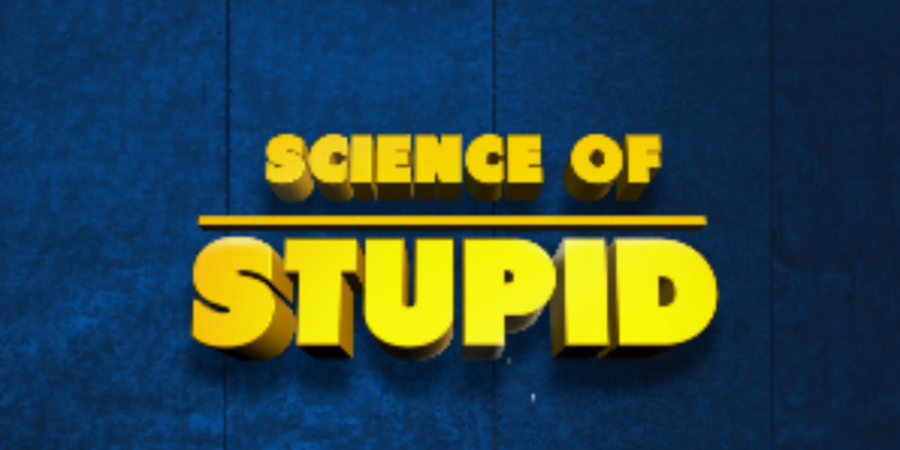

Science of Stupid, a documentary series originally aired on National Geographic Channel, isn't your typical scientific program. Instead, it takes a unique approach to science education by blending humor and real-life mishaps.
The show's stars are everyday people who, through poor decision-making or lack of scientific understanding, end up in unintentionally hilarious situations. The program features user-generated videos – often filmed by the people themselves or bystanders – capturing these epic fails.
Here's where the science kicks in: After the comedic clip leaves you chuckling (or cringing), a scientist or expert steps in to play detective. They dissect the scientific principles behind the mishap, explaining the physics, biology, or chemistry that led to the unfortunate outcome. This scientific breakdown is key – it transforms the funny clip into a learning opportunity.
By understanding the science behind the fails, viewers gain valuable insights. They learn about things like:
Science of Stupid has been adapted for international audiences, featuring different hosts and languages depending on the region. Some notable iterations include the UK version hosted by Richard Hammond (known for his car show antics) and the US version with Seth Herzog at the helm. Manish Paul, a popular Indian comedian and presenter, brings his signature humor and wit to the show.
The Indian version of Science of Stupid follows the same core concept as the original, but with a desi twist! Here's what makes it unique:
Where to Watch:
While there aren't currently any new seasons being produced, you might be able to find older episodes of the Indian Science of Stupid on channels like National Geographic India or even on streaming platforms.
Overall, Science of Stupid offers an informative and entertaining way to learn about science. It takes advantage of our natural curiosity about mishaps and uses it as a springboard for scientific explanation. While the entertainment value is undeniable, it's important to remember that the situations depicted can be dangerous. The show doesn't glorify risky behavior; instead, it uses humor to highlight the importance of critical thinking and avoiding similar mistakes.
